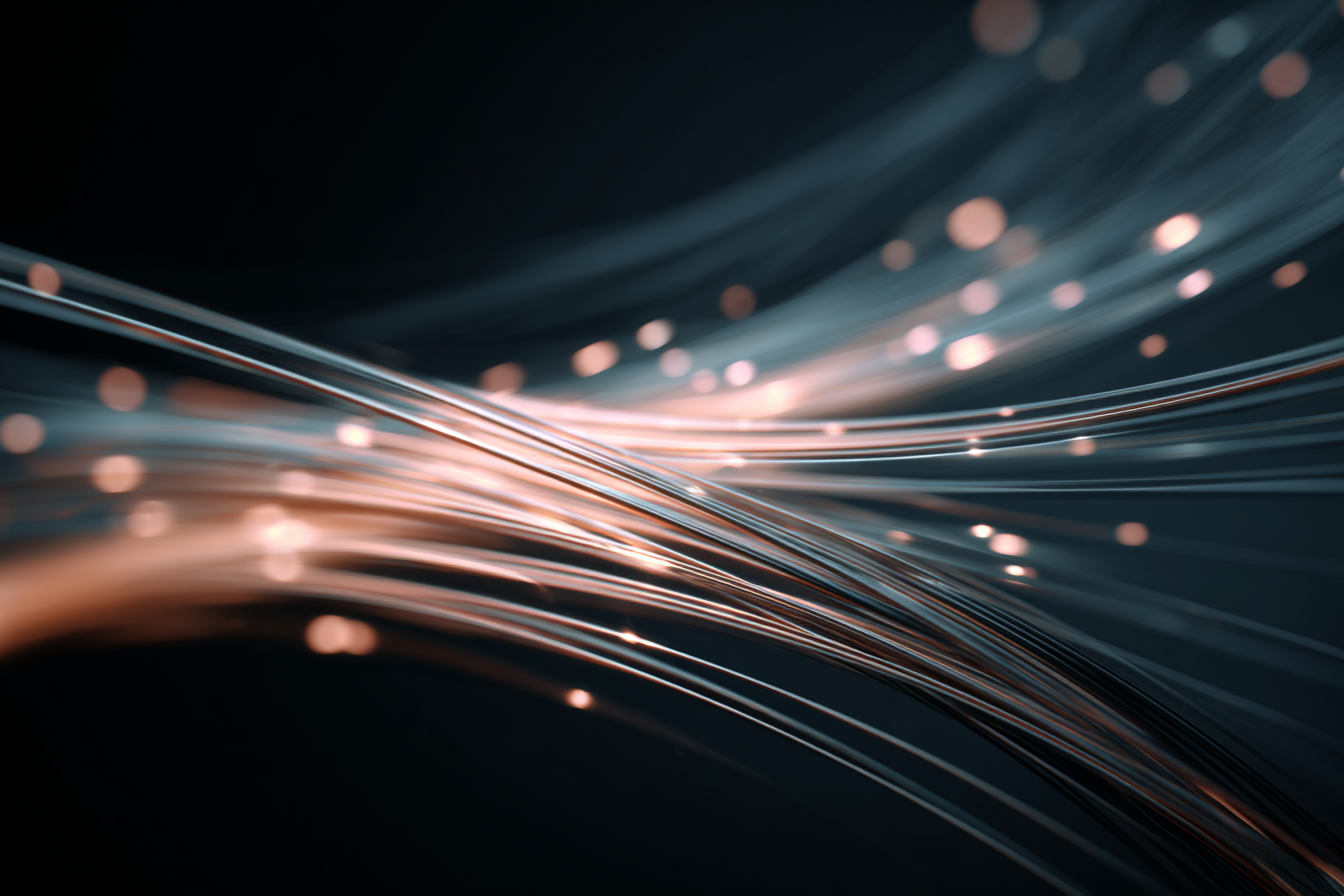Benefits of ultrafast fiber lasers
Ultrafast fiber laser systems provide two unique benefits that include the highest accuracy in material processing and the capability to process almost every material. Fiber lasers of average powers, up to approximately 100 W, are used for industrial applications, while laser systems of higher powers are more suitable for research.
Development of next-generation fiber lasers
Also, the popularity of fiber laser systems is growing. A team of researchers from Germany has developed the next generation of ultrafast laser systems with enough power to overcome standard lasers. Apart from the development of fiber lasers, it is planned to create process laser technology and the first applications as well.
Laser design and efficiency
The team consists of laser beam source development groups that work on complementary approaches to create a totally new fiber laser system. The new fiber laser is based on a decade-long experience with a special slab laser system design. The fiber laser is perfect for the generation of continuous-wave (CW) laser beam radiation efficiently with diode pumping.
High-power pulsed radiation
This laser system is considered to be a solution for the emission of pulsed and ultrashort-pulsed laser beam radiation. The present version is developed for 5 kW laser beam radiation with 800 fs pulses from two amplifier stages. The power radiation is planned to increase up to 10 kW by using a thin disk amplifier stage.
Coherent beam combination concept
The concept of a coherent combination of fiber laser beams has also been developed. According to the concept, “almost-identical fiber amplifiers are pumped by one seed laser system, and they then generate amplified laser beams in parallel. With optimal spatial and temporal overlap, these beams can be combined with 96% combining efficiency.” The fiber laser has already been tested and demonstrated 10.4 kW of compressed average power with 240 fs pulses.
Process technology for applications
Additionally, the researchers pay attention to process technology to promote the efficient application of such high powers, resulting in the development of high-speed polygon scanners that improve laser beam deflecting and splitting schemes. The process of splitting off a multikilowatt laser beam into arrays of more than 100 identical but shaped laser beamlets allows performing high-throughput micromachining.





